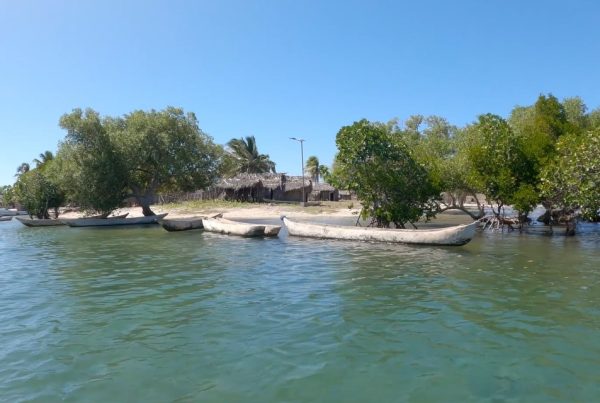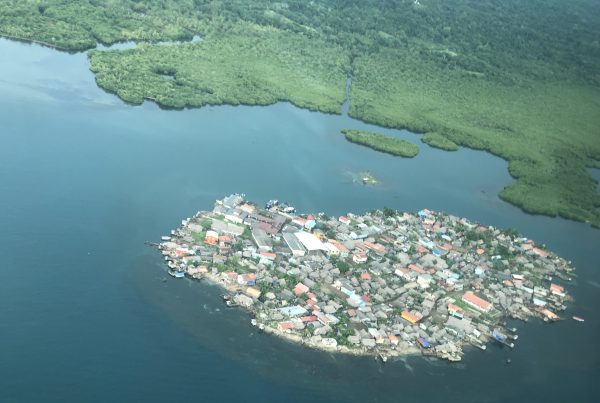The South Rupununi District Council (SRDC), the representative institution of the mostly Wapichan indigenous people in Guyana, established a monitoring programme in 2013 focusing partly on mining activities. The SRDC monitors use handheld GPS sets, smartphones and drones to gather data, and report back to the village councils and the SRDC.
One focus of the monitoring programme has been unlawful mining on the Marudi Mountain, which is sacred to the Wapichan and is also a major watershed. Many creeks are polluted, which directly impacts the fragile ecosystems and local communities. For example, sampling by the Wapichan, with support from WWF, has revealed that local women in one village have mercury contamination levels above the recommended WHO safety limits.
Reports produced by the monitoring programme and advocacy by the SRDC have moved the Guyanese Government to introduce stronger enforcement of mining regulations in Marudi so that there is less illegal mining in the area, and the Cabinet has ruled that there will be no mining in waterways below the 4th parallel. The efforts of the SRDC and its monitoring programme have led to the creation of a government task force to work with the SRDC to collectively address the issues affecting Wapichan territory. The model is now being introduced in other regions where there are environmental problems.
Polluted waterways also impact on local biodiversity, such as giant otter, which now only live in Guyana. Credit: Elizaveta Kirina.
Author
- Forest Peoples Programme
Ecosystems
- Tropical forests
Topics
- Mapping and monitoring
Type
- Short-form
Date
- This case study forms part of LBO-2, originally released in 2020.



